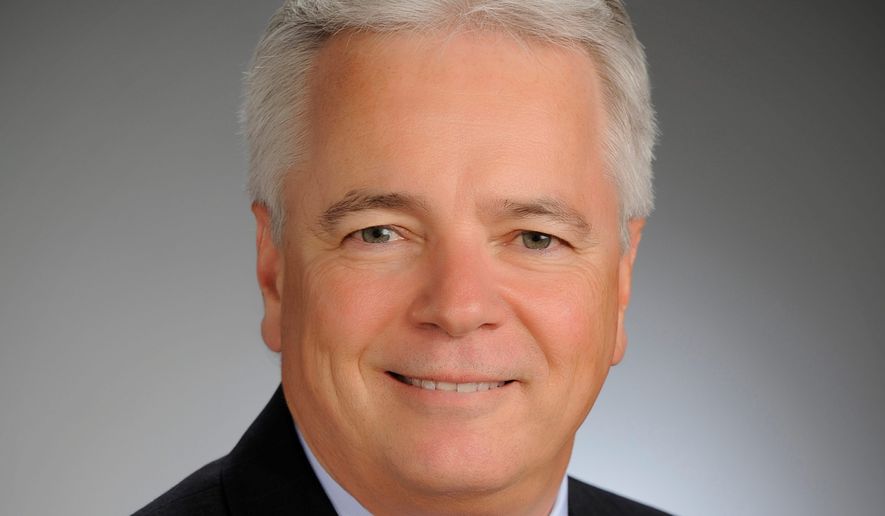One of the more interesting storylines in conjunction with the recent total solar eclipse in the United States was how it might affect power plants that rely on the sun to produce electricity.
Many in the energy industry wondered how the power grid would function when the sun went dark in the middle of the day, since solar contributes nearly 42,000 megawatts, or 5 percent, of peak electricity demand. How would utilities manage the relatively rapid down-ramping, followed by an equally rapid up-ramp of power flowing from solar plants?
Fortunately, both the grid and the plants powering it proved remarkably resilient to the energy and demand fluctuations.
But as the U.S. shifts away from traditional fuels and relies more heavily on renewables like wind and solar for power generation, the question becomes even more important. How will we keep the lights on and air conditioning running and our phones and electric vehicles charged when the sun goes down or the wind stops blowing?
This is where reliable and efficient advanced energy storage will play an increasingly crucial role in grid stability in the years to come. According to the U.S. Energy Information Administration, approximately 10 percent of total U.S. energy consumption and 15 percent of electricity generation came from renewable sources in 2016. The U.S. Department of Energy has set a goal of 30 percent of U.S. electric generation to come from renewables by 2025. Solar and wind power will make up the lion’s share of that new renewable generation capacity.
While natural gas, coal and nuclear power will continue to provide a significant portion of our baseload power for some time to come, intermittent energy sources play a role too — and this role is expected to increase. If we’re truly to make renewables an economically viable, baseload option, we must have ways to store large amounts of power for use when renewables can’t meet the demand.
Enter advanced lithium-ion batteries. This technology has evolved dramatically in the last decade and now provides a proven source for energy storage. As manufacturers perfect more advanced fabrication methods, prices for batteries have become more affordable for large-scale deployment. Babcock & Wilcox and its subsidiary, Babcock & Wilcox MEGTEC, design and manufacture coating, drying and solvent recovery systems used for lithium-ion battery electrode manufacturing in our De Pere, Wisconsin, facility. The batteries our customers produce are used in a variety of applications, including rechargeable batteries for electric vehicles and energy storage for homes, businesses and utility-scale applications.
Lithium-ion energy storage in utility-scale applications offers readily accessible power when solar and wind plants are limited — like when the sun goes down at night, on cloudy days, and when the wind stops blowing. Power producers can quickly and seamlessly draw on energy stored in batteries to deliver a reliable and consistent flow of electricity to the homes and businesses they serve.
According to the U.S. Environmental Protection Agency’s website, storing electricity using methods such as lithium-ion batteries also offers important environmental benefits, allowing the integration of more renewables into the grid, helping generation facilities operate at more optimum levels and reducing reliance on less-efficient plants that run during times of peak demand.
It is challenging to determine a cost-per-megawatt hour of electricity on lithium-ion batteries across the entire energy industry. However, according to a widely distributed 2016 report — Lazard’s Levelized Cost of Storage Analysis 2.0 — lithium-ion battery costs are trending significantly downward. The report stated lithium-ion battery costs for peaker plants have dropped 12 percent (from a range of $321 to $658 per megawatt-hour in 2015 to $285 to $581 per megawatt-hour in 2016) in the last year alone, while costs fell 24 percent for use in energy transmission and 11 percent for residential energy storage.
As this technology becomes more economically viable, we expect to see it deployed with more regularity by U.S. power producers. At B&W, we believe American companies must continue to support development and deployment of lithium-ion technologies. We’re confident they will play an even greater and valuable role in our energy infrastructure and security.
This is one reason we have a vision to build a state-of-the-art Technical Development Center at our Wisconsin location. This center, currently in the funding stage with commissioning planned for as soon as 2019, will support continued manufacturing innovation for battery electrodes and provide process development services for our customers as they implement new chemistries and build larger factories. We intend to equip the facility with coating lines and a drying lab to test and optimize new battery technologies in support of our customers in the utility, residential and automotive battery industries.
With continued innovation from the private and academic sectors, and strong support from government officials at the state and federal level, we believe lithium-ion battery technologies will become a key component of America’s energy future and will contribute significantly to the advancement of environmentally sound, affordable baseload renewable energy in the United States.
• Ken Zak is Senior Vice President at Babcock & Wilcox MEGTEC.




Please read our comment policy before commenting.